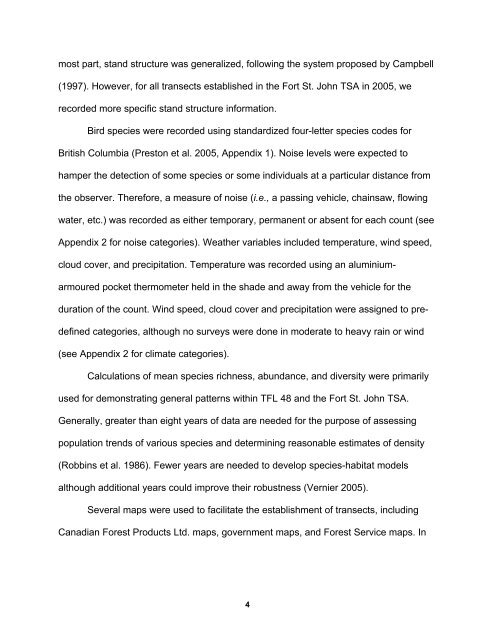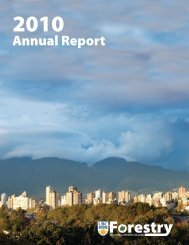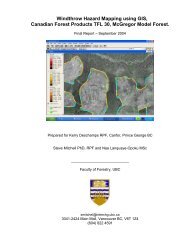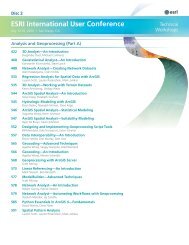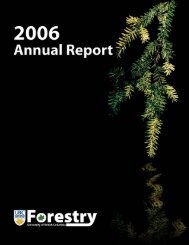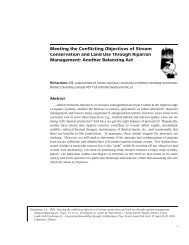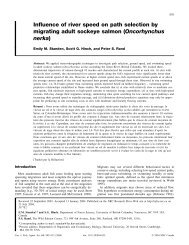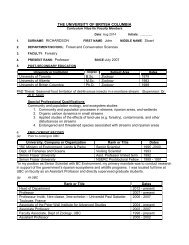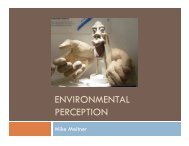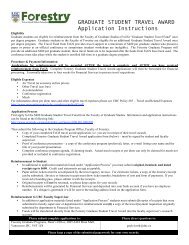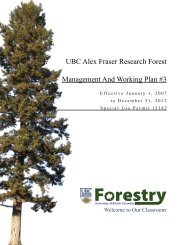A Four-year Summary of Breeding Bird Surveys in TFL 48 ... - BIOD
A Four-year Summary of Breeding Bird Surveys in TFL 48 ... - BIOD
A Four-year Summary of Breeding Bird Surveys in TFL 48 ... - BIOD
You also want an ePaper? Increase the reach of your titles
YUMPU automatically turns print PDFs into web optimized ePapers that Google loves.
most part, stand structure was generalized, follow<strong>in</strong>g the system proposed by Campbell(1997). However, for all transects established <strong>in</strong> the Fort St. John TSA <strong>in</strong> 2005, werecorded more specific stand structure <strong>in</strong>formation.<strong>Bird</strong> species were recorded us<strong>in</strong>g standardized four-letter species codes forBritish Columbia (Preston et al. 2005, Appendix 1). Noise levels were expected tohamper the detection <strong>of</strong> some species or some <strong>in</strong>dividuals at a particular distance fromthe observer. Therefore, a measure <strong>of</strong> noise (i.e., a pass<strong>in</strong>g vehicle, cha<strong>in</strong>saw, flow<strong>in</strong>gwater, etc.) was recorded as either temporary, permanent or absent for each count (seeAppendix 2 for noise categories). Weather variables <strong>in</strong>cluded temperature, w<strong>in</strong>d speed,cloud cover, and precipitation. Temperature was recorded us<strong>in</strong>g an alum<strong>in</strong>iumarmouredpocket thermometer held <strong>in</strong> the shade and away from the vehicle for theduration <strong>of</strong> the count. W<strong>in</strong>d speed, cloud cover and precipitation were assigned to predef<strong>in</strong>edcategories, although no surveys were done <strong>in</strong> moderate to heavy ra<strong>in</strong> or w<strong>in</strong>d(see Appendix 2 for climate categories).Calculations <strong>of</strong> mean species richness, abundance, and diversity were primarilyused for demonstrat<strong>in</strong>g general patterns with<strong>in</strong> <strong>TFL</strong> <strong>48</strong> and the Fort St. John TSA.Generally, greater than eight <strong>year</strong>s <strong>of</strong> data are needed for the purpose <strong>of</strong> assess<strong>in</strong>gpopulation trends <strong>of</strong> various species and determ<strong>in</strong><strong>in</strong>g reasonable estimates <strong>of</strong> density(Robb<strong>in</strong>s et al. 1986). Fewer <strong>year</strong>s are needed to develop species-habitat modelsalthough additional <strong>year</strong>s could improve their robustness (Vernier 2005).Several maps were used to facilitate the establishment <strong>of</strong> transects, <strong>in</strong>clud<strong>in</strong>gCanadian Forest Products Ltd. maps, government maps, and Forest Service maps. In4


